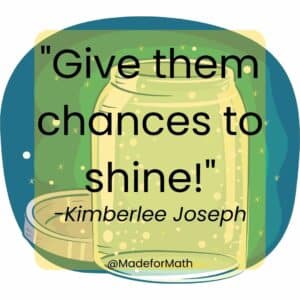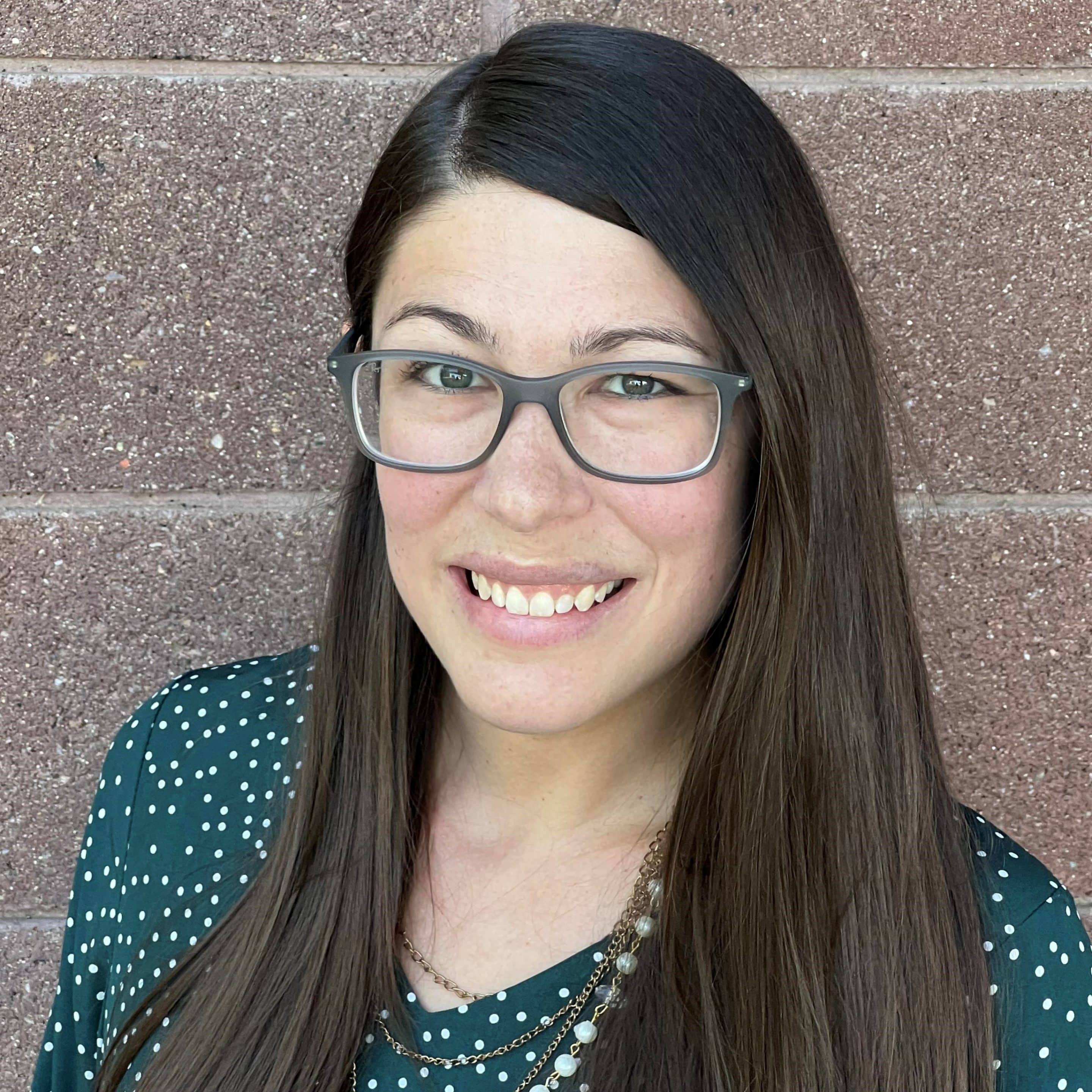Twice Exceptional: Support for Students Who Are Gifted and Have a Learning Disability
As the school year progressed, I worked tirelessly with his mother to advocate for this exceptional child. (I realize now that he was actually what is called twice exceptional, as it turns out, but more on that in a moment). In only my second year as a classroom teacher, I had very little experience working with students with learning differences and I had no idea yet what twice exceptionality was or what giftedness really looked like. But I knew this child needed and deserved something beyond a cookie-cutter classroom experience. Unfortunately, no one in our school seemed to know what that should look like.
And so my hands were tied, and so were those of his fourth-grade teacher. When his mother had finally had enough of our failure to meet the needs of her exceptional son, she pulled him from our school and began homeschooling. Twice-exceptional children are perhaps the most overlooked and misunderstood group of neurodiverse students. In this 40-minute interview, friends and fellow 2E experts, Kimberlee Joseph and Adrianne Meldrum, share their wisdom and personal experiences with twice-exceptionality. Click here to watch the video now.
Definition of Twice Exceptional or “2e”
The term “twice exceptional”, also known as “2e”, refers to an individual who has a learning disability and is simultaneously gifted in another area. Kimberlee Joseph paints a picture of a student who is “sitting on both ends of the spectrum”. These kids have really unique and pronounced strengths AND really unique and pronounced challenges when it comes to learning. An example might be a child who is dyscalculic and therefore has significant struggles with mathematics, but is also a gifted communicator with a unique ability to articulate original ideas far above their peers. Watch the short video below to see two other examples of 2e learners.
Adrianne Meldrum interviewed a twice exceptional statistician in episode 8 of this series. Although Dylan has dyscalculia, she used her strengths in language to overcome her struggles in math. You can hear more of Dylan Lynn’s inspirational story here.
What does 2e look like?
Twice-exceptional students are not easily identified because of their inconsistent performance in traditional classrooms. These sweet children often struggle through school, unnoticed and unappreciated for their unique abilities. These hidden abilities often do little more than mask their disabilities in the classroom, making them prone to “skating by” without opportunities for support with the things they struggle with or challenging their areas of strength.
Another unfortunate side effect of the 2e experience is that adults tend to put unrealistic expectations on these students. Kimberlee provides the following example: a 2e child who is physically 10 years old, with some cognitive or academic abilities equal to that of a 15 year old. Yet they struggle socially, where they appear to be more like a 5 year old. Adults in this child’s life, especially in a learning environment, will become easily frustrated when the child performs so well academically, yet gets into seemingly insignificant arguments on the playground every day.
This could also appear in the reverse. A child who is 10 years old may be far more mature than their peers socially, but falling behind everyone else academically. Again, this inconsistent behavior can sometimes feel like defiance or laziness to the adults in the child’s life. In reality, the child is living in two extremes.
Sometimes referred to as asynchronous development, Kimberlee calls it a “mismatch between physical, cognitive, and social-emotional development”.
2e and Writing
Kimberlee Joseph has begun to develop some tools for parents and teachers of 2e students who struggle specifically with writing. She notes that writing is a complex subject even for neuro-typical children, but it is an essential skill for all.
Students who are gifted, but also dyslexic, dysgraphic, or have a learning disability often have many ideas for writing, but are unable to get them out onto paper in the way they want to.
Some of the common struggles may be:
- It may be an issue with working memory – they cannot remember what they wanted to communicate.
- It could be a struggle with attention – they cannot stay focused throughout the writing process.
- It might be a deficiency in motor abilities – they physically cannot write fast enough or in the way they need to.
- Or it may be an executive function issue – they struggle to organize their ideas in a way that makes sense to others.
Whatever the cause, these kinds of challenges inevitably lead to disengagement from and resistance to writing. Some kids will just refuse to pick up a pencil.
She says this means that we should provide support, such as typing or voice-to-text, to replace the standard paper-pencil writing expectation. But we also need to provide unhindered opportunities to grow in their areas of giftedness. We have to remove the speed bumps, so to speak, and allow them to “‘exist from a place of strength”.
How to advocate for a 2e child
“What a job!” Advocating for the needs of your asynchronous learner is challenging. It can be emotional. It can be frustrating and isolating. It is time-consuming and simply exhausting.
Kimberlee’s advice to parents and other advocates really boils down to two things: keep it positive and focus on strengths.
Keep it positive: As the old adage goes, “you get more flies with honey than with vinegar.”

Focus on strengths: Piggy-backing on this positive, open line of communication between home, teacher, and school, Kimberlee’s second piece of advice is that everyone involved with a 2E child really gets to know that child’s strengths. There is a section in every IEP (individual education plan) for highlighting the child’s strengths. It might ask: What do they do well? What interests them? When do they seem most confident? This section should be LENGTHY. It should also be the FOCUS when drafting the rest of the learning plan. By focusing on what the 2E child does well, the team can really leverage those strengths and interests to support whatever challenges have made the IEP necessary.
Another piece of advice from Kimberlee is to write a letter of introduction about the child for every new teacher in their life. For younger students, parents may write this letter, or write it with the child. Older students should be taught how to do this, so they can learn how to advocate for themselves in the future. This letter should provide the teacher with clear and concise tips on how to support the learner. It should be honest about what they struggle with and how they can best overcome challenges in the classroom. This helps give the teacher a head-start on getting to know the needs of the student!
Adrianne says “the heart of 2e education is really to figure out where the strengths and weaknesses are and adjust curriculum and lessons to help support the student in the areas of weakness using their strengths.”
Kimberlee warns that we must avoid focusing solely on deficits and allow unrestricted opportunities to grow in areas of giftedness, too. Forcing these students to only do remediation work (the areas where they struggle the most) all day, every day will only lead to frustration and shut down. We must provide opportunities for them to show all that they know and showcase their talents.

Additional Resources
There’s tons of more research and science becoming available to support a strength-based approach to instruction, especially for 2e learners. Don’t be afraid to explore new and different learning environments, such as online schools, micro schools, or homeschooling. A silver-lining we’ve seen come from the recent pandemic is that there are so many different pathways developing and “school” doesn’t necessarily have to look like a conventional classroom of 25 same-age students all being taught the same thing at the same time.
If you are researching twice exceptionality and the best ways to support your asynchronous learner, Kimberlee and Adrianne recommend reading:
- The Inconvenient Student by Dr. Michael Postma
- Teaching Twice Exceptional Learners and Raising Twice Exceptional Children by Emily Kircher Morris
- Ungifted by Scott Barry Kaufman.
- Wired to Create by Scott Barry Kaufman
[Full Disclosure: As an affiliate, Made for Math receives compensation if you purchase through the above links.]
You can learn more about the diagnostic process and a strength-based approach to accommodating students with learning differences from Steven Feifer. Watch an interview with him from episode 15 of our series here.
How many children with extraordinary abilities are being stifled in classrooms by well-meaning educators who only see their struggles? If I had known that my third-grade student was gifted, could I have used his strengths in Math and Science to balance out his struggles with Reading, Writing, and attention? I can only wonder what he might have accomplished (not to mention what self-confidence he would surely have gained) had we known at the time that he was twice exceptional. Had I been trained and provided resources to help nurture those strengths and support those deficiencies, how brightly might he have shined?
We need to do better. We need to find ways to develop instruction and intervention that is appropriate for the individual learner.
At Made for Math, we serve students who are outside the box. We are trained to develop individualized lessons, built on student interests and strengths, to support the needs of that student. If you think this kind of one-on-one support may be just what your child needs, take our short quiz now!
🎲 Is multisensory math right for your child? 🎲
MFM Authors

Cassie Gibson
Multisensory Math Specialist
Cassie is a book-loving, knowledge-hungry, fun-seeking teacher who just wants to share the joys of learning with each and every student she has the privilege to meet! While teaching students here at MFM, she also writes great content to help parents just like you.


